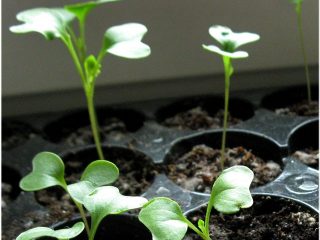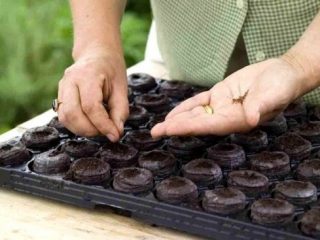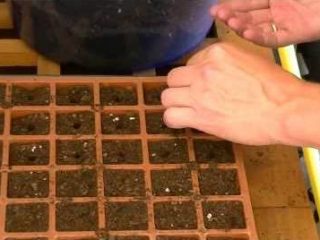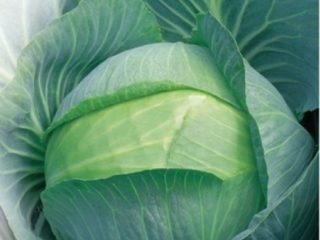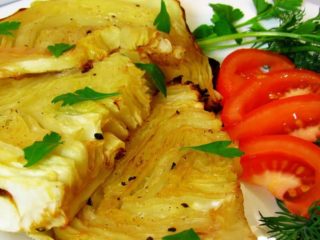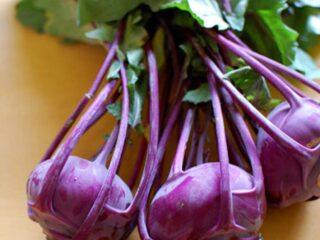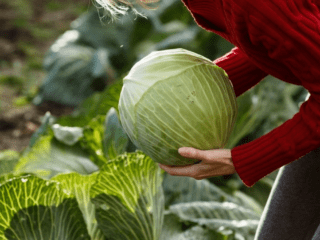Content
You can feed cabbage in June using different means. It is best to use complex mineral formulations, since they contain almost all the necessary elements. You can also use organic matter, for example, mullein infusion and folk remedies. The most effective and simple recipes are described in the article.
Signs of nutritional deficiencies
Cabbage, like most other cultivated plants, needs balanced and regular feeding when grown both in open ground and in a greenhouse. Before you start fertilizing, it is recommended to carefully examine the bushes and determine which elements the plant lacks.
Nitrogen deficiency can be identified by the following symptoms:
- the bushes grow slowly and noticeably lag behind in development;
- leaves become pale and yellow;
- foliage may turn blue;
- a reddish-purple tint appears on the undersides of the leaf blades along the main vein;
- The heads of cabbage are formed small, the yield decreases.
If such manifestations are present, in June, cabbage is fertilized with nitrogen compounds, for example, urea, azophosphate, and ammonium nitrate.
However, nitrogen is not the only vital element.Often the plant suffers from a lack of phosphorus, which is noticeable by the following signs:
- the leaves become dull and acquire a bluish color;
- sometimes they may become bronze in appearance;
- some of the leaf blades acquire a brown tint;
- they curl at the edges;
- wrinkles appear on the surface;
- the veins are “recessed”.
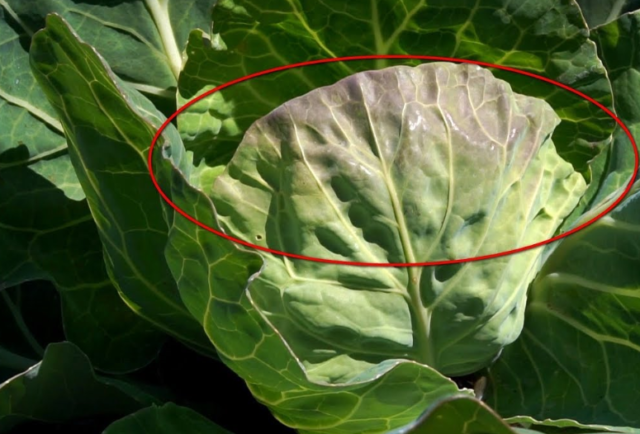
Signs of phosphorus deficiency are visible upon careful visual inspection.
In this case, it is necessary to feed the cabbage in June with potassium sulfate or potassium salt.
If a plant lacks phosphorus, it manifests itself in much the same way as nitrogen deficiency. The leaves become smaller and fall off, but at the same time they become not pale, but dark green, bluish or dull. The tissues gradually die, sometimes black spots form on the surface. Old leaf blades are affected first, then young ones.
As a result, flowering occurs with a delay. To avoid problems, in June, cabbage is fertilized with superphosphate or a complex fertilizer containing phosphorus, for example, nitrophoska.
Sometimes cabbage lacks calcium - the main symptoms are:
- twisted foliage;
- the edges curl upward;
- the color is chlorotic, with pale spots;
- brown areas appear as if they were scorched.
For treatment, cabbage is fertilized in June with calcium nitrate or other means.
Often the plant lacks magnesium. In this case, areas with yellow, reddish and purple colors appear along the edges of the leaves and between the veins. The tissues gradually die and necrotic areas form. In this case, the largest veins remain green. The foliage curls at the edges and takes on a dome-shaped shape. The lower leaves are affected first, and then the upper ones.For prevention and treatment, cabbage is fertilized in June with magnesium-containing agents, for example, magnesium sulfate, potassium magnesium, vermiculite.
How to feed cabbage in June for a good harvest
For proper feeding, plants should be given different fertilizers in a balanced composition. It is necessary to comply with the requirements for both composition and quantity, taking into account the dosages specified in the instructions.
Mineral supplements
Mineral fertilizers are inorganic substances (usually salts) that are highly soluble in water, penetrate the soil and are quickly absorbed by the root system. Their advantage is also that by mixing different components it is possible to obtain the optimal composition for a particular case.
In the early stages of development (a few days after transplantation), plants can be given ammonium nitrate or urea (20 g per 10 l) to gain green mass.
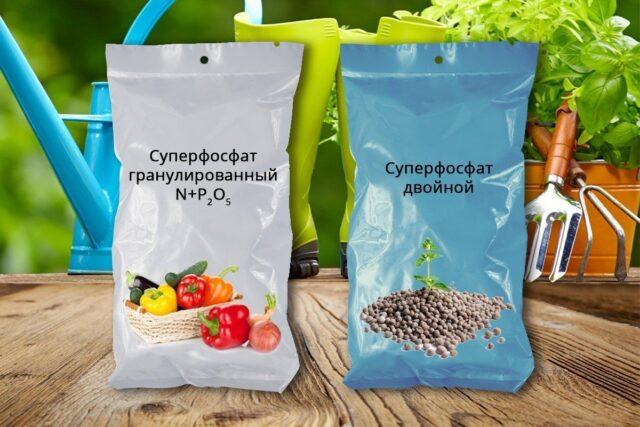
Superphosphate is the best source of phosphorus for cabbage
As a second feeding in June, potassium-phosphate mixtures and complex fertilizers are usually used (amounts are given per 10 liters of water)
- superphosphate – 40 g;
- potassium salt – 25 g;
- potassium sulfate – 30 g;
- azofoska – 30 g.
You can also purchase ready-made formulations for feeding in June, for example, “Kemira” or “Rastvorin”. They are used according to the instructions, without violating the dosage, since an excess of fertilizers is no less dangerous than their deficiency.
Organic fertilizers
To form large heads of cabbage and increase productivity, you can also feed the cabbage in June with organic fertilizers. The most popular remedies are an infusion of mullein 1:10 or bird droppings 1:20. They are prepared like this:
- Take fresh mullein or dung and fill it with water in a ratio of 1:5.
- Leave outside for 10 to 12 days, stirring occasionally.
- The resulting infusion is diluted with water 10 times (for litter 20 times) and watering begins.
- For feeding in June, liquid is consumed in the amount of 500 ml per 1 bush.
Potassium humate can also be used as liquid organic matter. It is diluted in an amount of 5-10 ml per 1 liter of water. It is given in two ways - watering at the root and spraying the leaves.
Feeding cabbage in June with folk remedies
Experienced summer residents also use folk remedies as fertilizer for cabbage in open ground in June. They are also quite effective, while being very affordable and easy to prepare. Most popular recipes:
- Infusion of cut grass (preferably nettle). Grind the weeds without seeds (before the end of flowering), add water 1:1 and let stand for several days, stirring occasionally. After a week, strain and dilute with water 2-4 times.
- At the end of June or beginning of July, it is recommended to fertilize cabbage with boric acid. It is diluted in an amount of 2 g per 10 liters of warm water and sprayed.
- You can also water the plants with a soda solution - 20 g per 10 liters. This is done so that the heads of cabbage do not crack and are stored longer.
- You can also feed cabbage with banana peels in June. It is crushed in a blender, poured with a small volume of water, left for a day and watered at the root. You can simply spread the puree as mulch and cover it with soil.
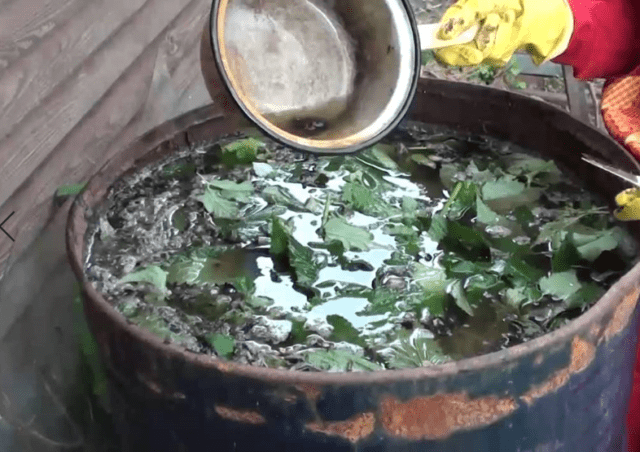
The herbal infusion is prepared for 7-10 days
Rules for applying fertilizers
Feeding cabbage in June is quite simple. But at the same time, you must follow the basic rules, violation of which can cause severe damage to the plants.Experienced summer residents recommend paying attention to the following tips:
- Preparing the soil for planting should begin in the fall. The area is cleaned, the ground is dug up and compost or humus is added in a bucket per square meter.
- Amounts of preparations are measured using scales or measuring cups to prevent excess fertilization.
- If in the spring they focus on nitrogen compounds, then in the summer in June you need to add more potassium and phosphorus.
- It is recommended to alternate mineral fertilizers with organic ones.
- The interval between feedings should be at least 10 days.
Conclusion
It is recommended to feed cabbage in June with complex fertilizers containing nitrogen, phosphorus and potassium. Thanks to this, the plants will quickly gain green mass and form good heads of cabbage. To keep them tight and not crack, you can water them once with a baking soda solution.
